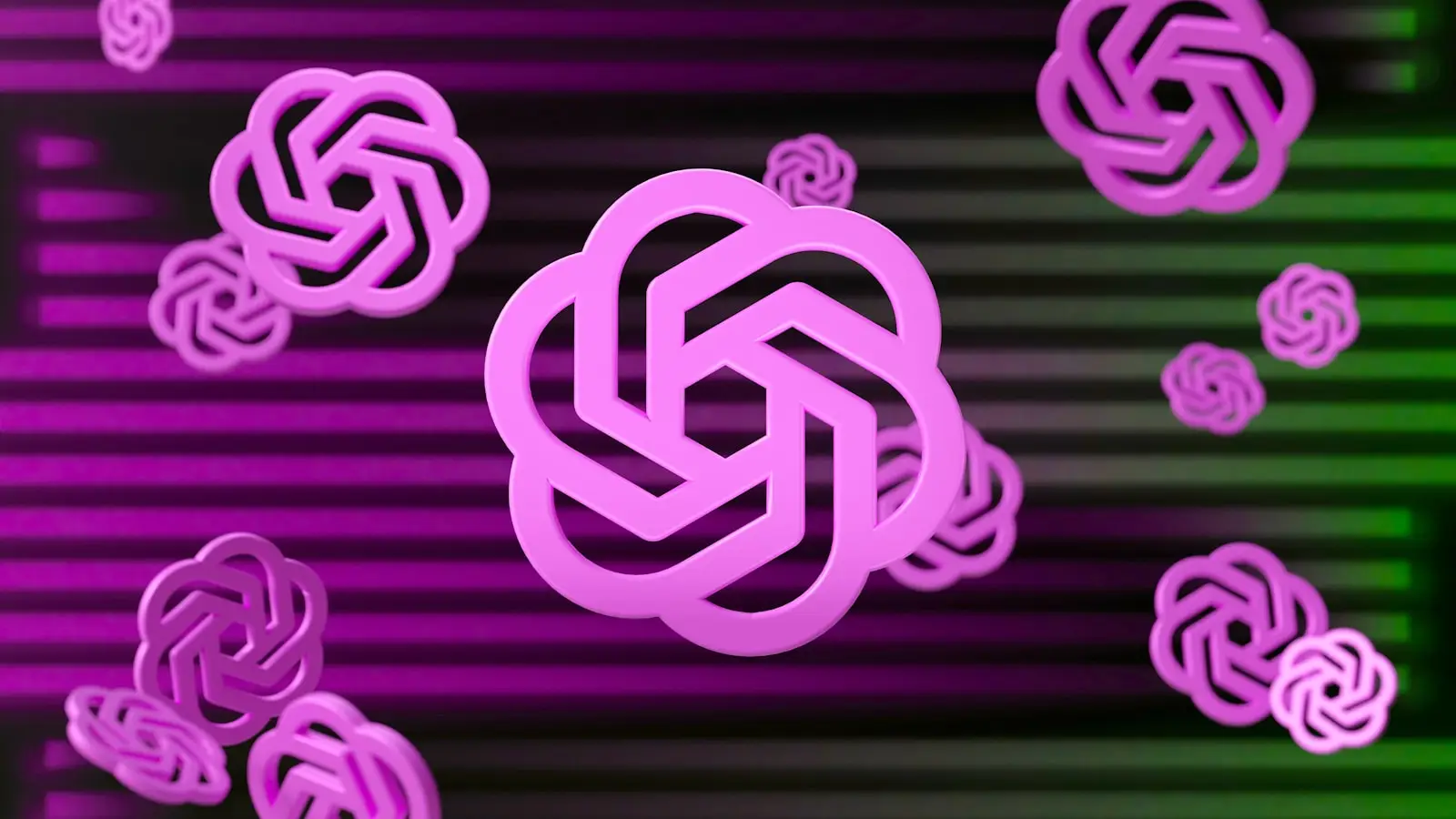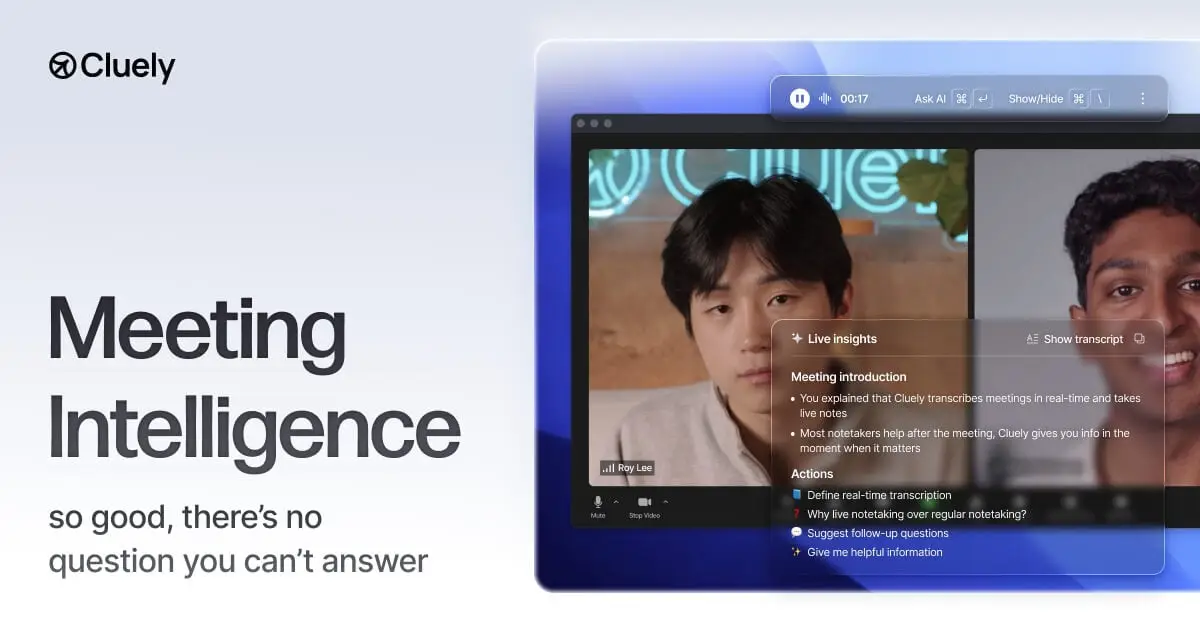2025 proved to be a challenging year for Anthropic’s Claude AI, as a series of notable outages highlighted critical vulnerabilities in AI service reliability and the growing dependency of the tech industry on these advanced tools. Primarily, a significant 30-minute global outage on September 10, 2025, followed by another disruption on September 22, and backend issues on October 3, sent ripples through the developer community, forcing a reevaluation of AI integration strategies.
The September 10th Blackout: A 30-Minute Halt to Global Development
The most impactful incident occurred on September 10, when Claude AI’s APIs, developer console, and hosted services went offline worldwide for approximately 30 minutes. This outage struck during peak usage hours, particularly affecting thousands of developers in the US Eastern Time zone. The sudden service unavailability brought AI-assisted coding and development tasks to a standstill, effectively paralyzing workflows.
The incident underscored how deeply Claude had become ingrained in developer productivity. Many users reported experiencing “cognitive paralysis,” finding themselves unable to code effectively without the AI assistant. Anthropic quickly acknowledged the issue, though the time between initial user reports and official company statements suggested a problem of considerable complexity.
Subsequent Disruptions: September 22nd and October 3rd
Just twelve days later, on September 22, Claude experienced another short-lived disruption, causing elevated error rates and connectivity issues. While quickly addressed, this incident further frustrated the developer community. These events signaled a period of instability for the rapidly expanding AI service.
Adding to the concerns, October 3 saw monitoring systems identify widespread HTTP 429 “Too Many Requests” errors emanating from Claude’s backend. This was not a straightforward downtime; the system appeared online but globally rejected requests. This subtle failure mode pointed to deeper backend infrastructure issues, specifically related to centralized rate limiting services, rather than mere overload.
Unpacking the Fallout: Key Insights into AI Dependency
These outages provided crucial technical and operational insights into the evolving landscape of AI-driven development. A significant takeaway was the inherent risk of relying on a single AI provider like Anthropic’s Claude AI. Without guaranteed enterprise-grade Service Level Agreements (SLAs), companies face a critical single point of failure, exposing them to substantial operational risks.
The “cognitive paralysis” experienced by developers highlighted the profound impact of AI tool integration into critical pipelines. Even brief outages can cause disproportionate disruption, especially within technical hubs such as the US tech sector. This phenomenon revealed an outsourced cognitive dependency on AI that few had fully anticipated.
Furthermore, the October 3 incident demonstrated the intricate nature of backend service design. Issues with components like rate limiting can cascade into widespread API rejection errors, making detection and mitigation challenging. This complexity underscores the need for robust architectural resilience in AI systems.
Calls for Resilience and Redundancy
In the wake of these events, industry experts and commentators have voiced strong calls for enhanced resilience strategies. These include advocating for a shift toward multi-provider AI redundancy, ensuring that organizations are not solely dependent on one service. Implementing human-in-the-loop fallback strategies is also gaining traction, allowing human intervention when AI services falter.
The demand for stronger Service Level Agreements (SLAs) from AI providers has also intensified, aiming to ensure uninterrupted service and maintain development continuity. While frontend web interfaces can experience independent outages, direct API integrations offer a nuanced aspect of resilience, potentially remaining operational during site-specific downtime.
Anthropic’s Response and Future Outlook
Throughout these disruptions, Anthropic responded swiftly with fixes and maintained transparent communication via their status pages and direct acknowledgments. The company’s ongoing commitment to safety and reliability has positioned Claude as a leading AI-assisted coding tool despite these hiccups. However, community feedback did note multiple smaller disruptions leading up to these major incidents.
Anthropic’s Claude AI outages in 2025 serve as a significant cautionary tale, illustrating both the immense productivity benefits of AI assistants and the inherent operational fragility of centralized AI infrastructure. As enterprises increasingly embed AI deeply into mission-critical workflows, these events have ignited a broader industry-wide conversation. The focus is now firmly on designing AI systems for enterprise-grade reliability, implementing strategic redundancies, and comprehensively assessing the real economic and social costs of AI tool dependency.




